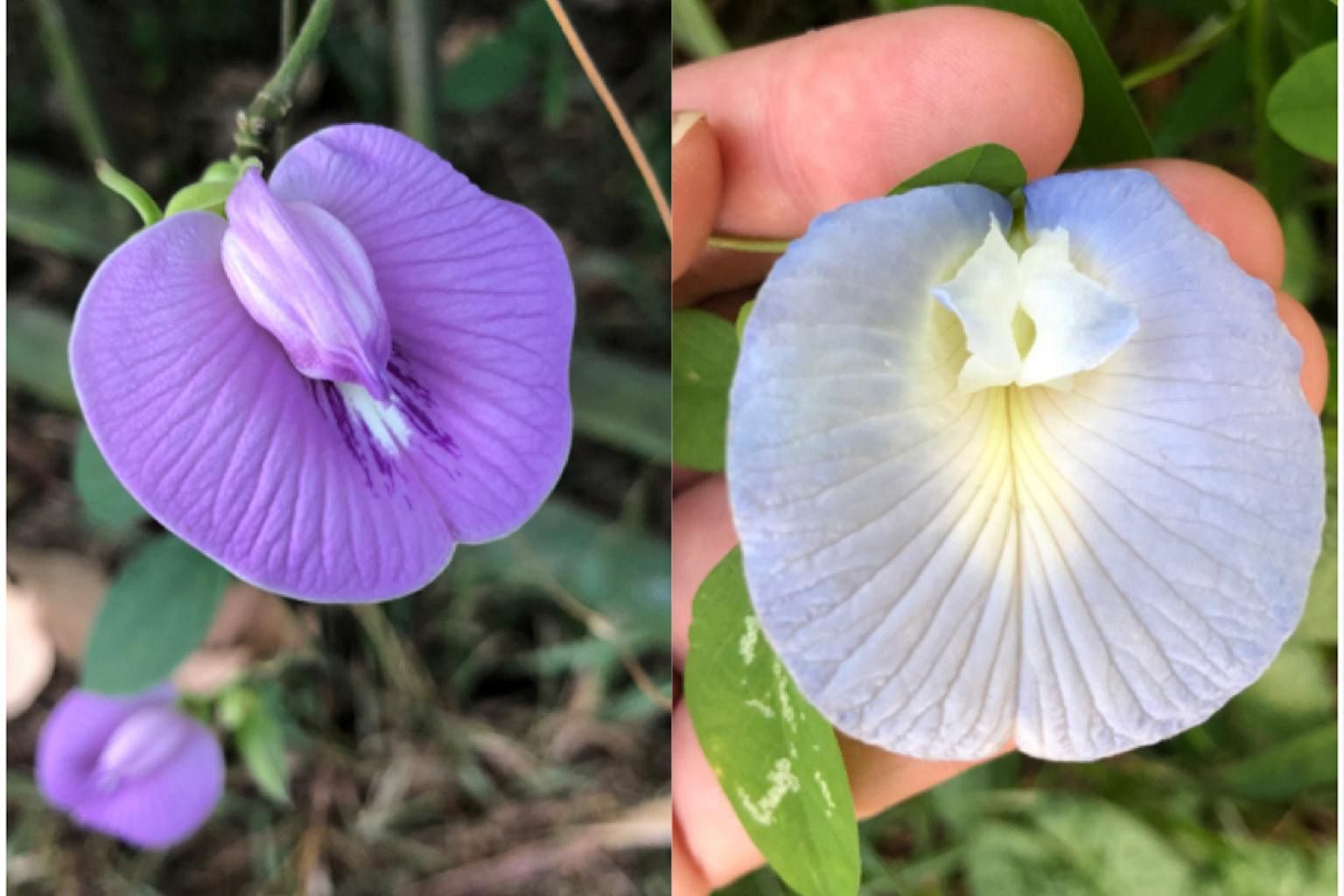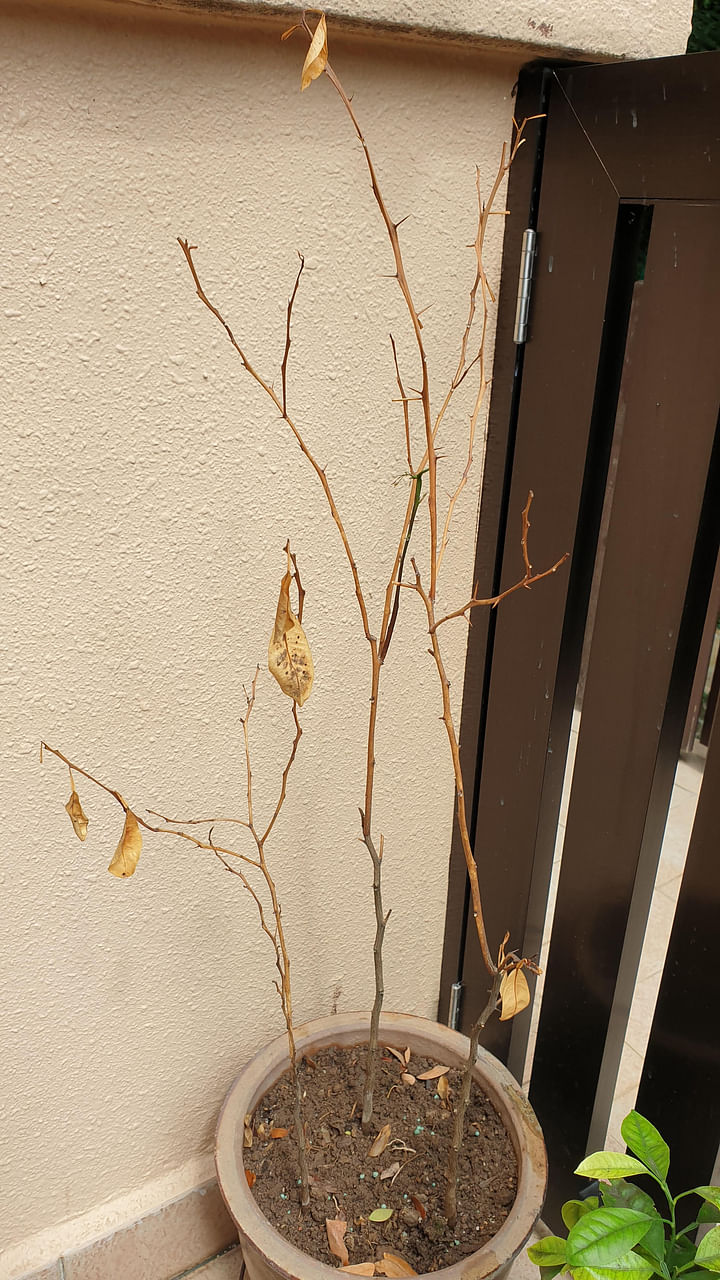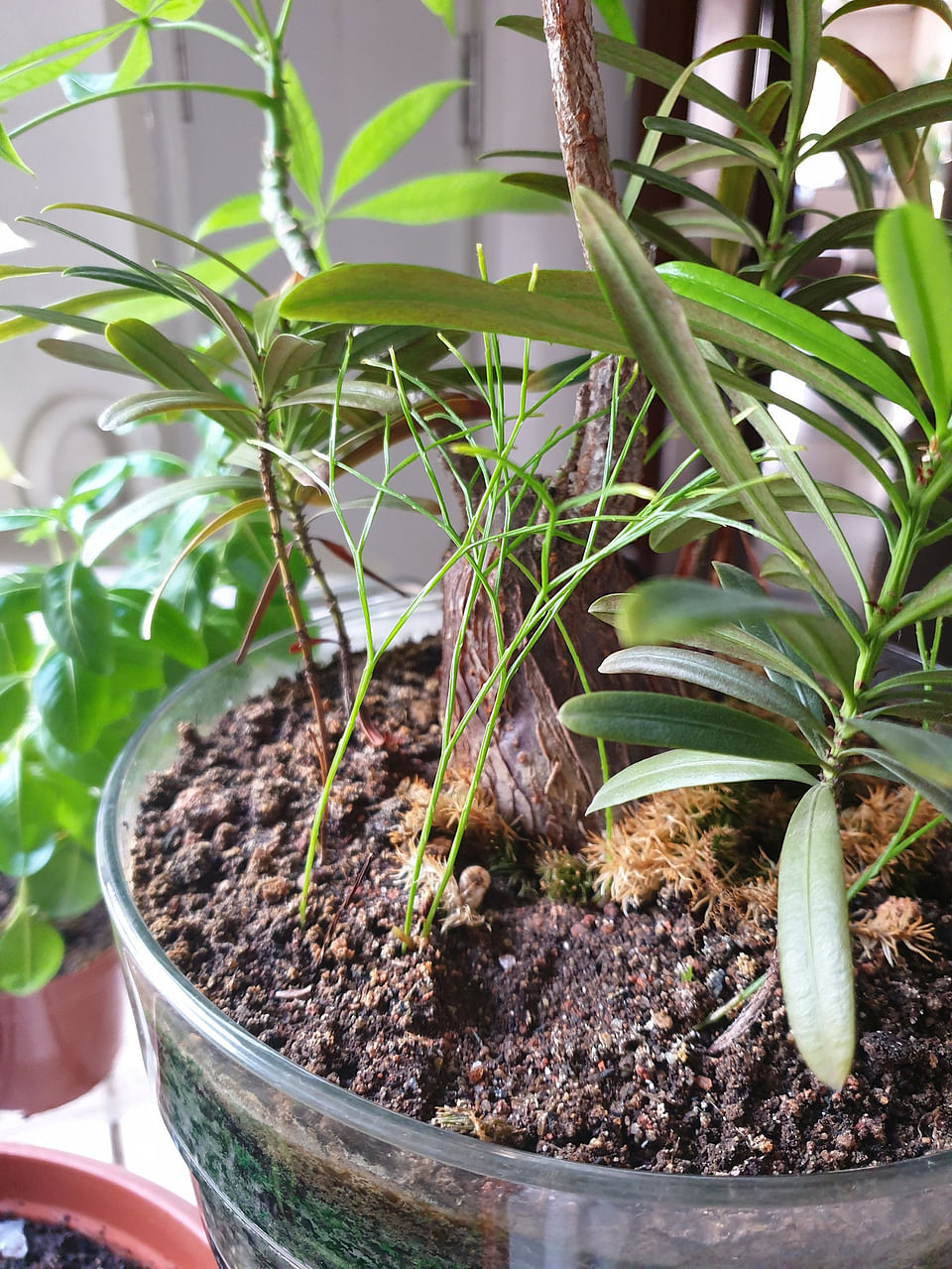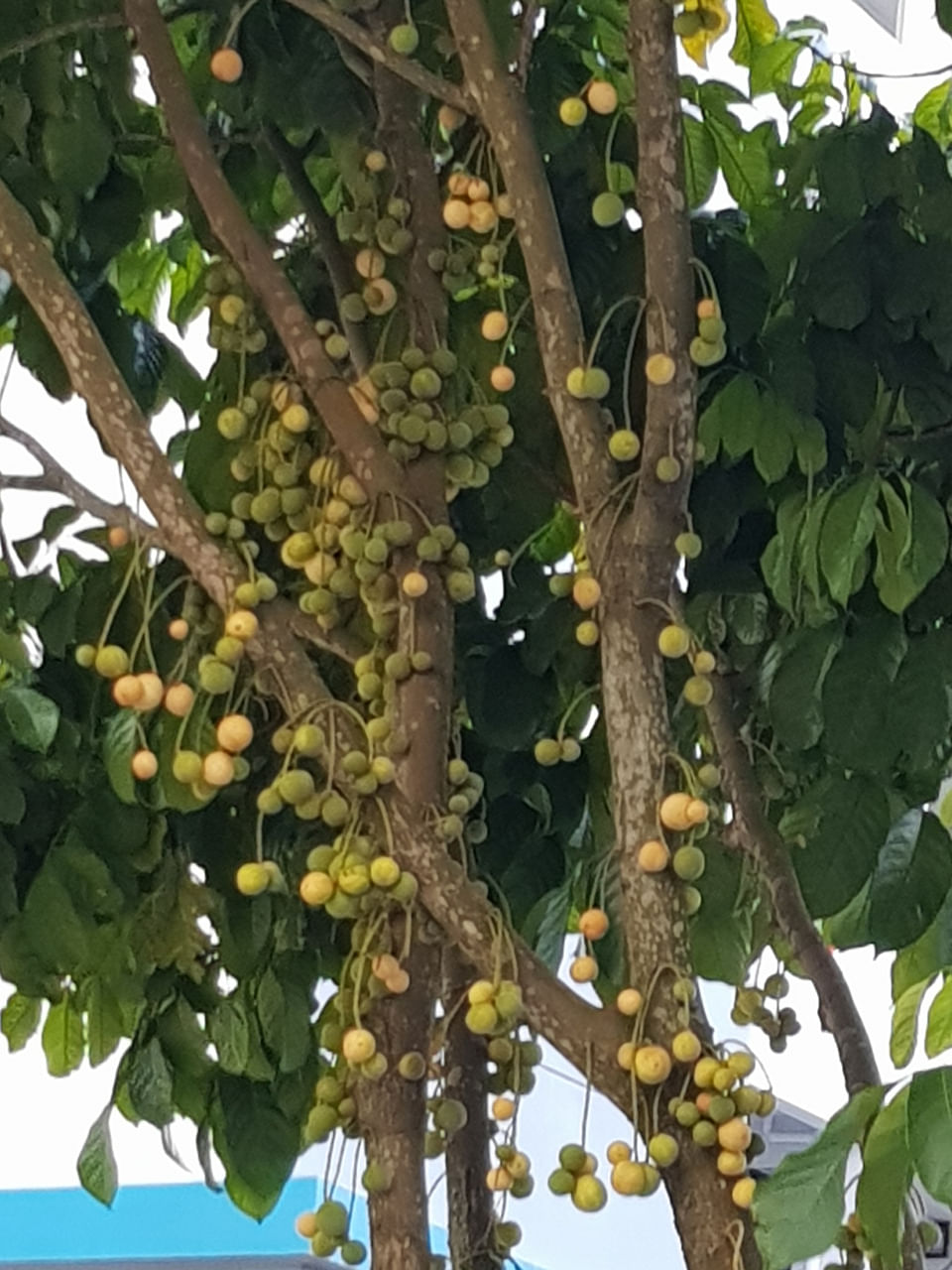Root Awakening: Oleander, lime plants, whisk fern and more
Sign up now: Get ST's newsletters delivered to your inbox

Oleander (left) and langsat or duku tree.
PHOTOS: LIM GIM SHER, FRANK TAN
Follow topic:
Flowering plant is the oleander
I received this plant as a gift. What is its botanical name?
Lim Gim Sher
The plant is botanically known as Nerium oleander and belongs to the frangipani family (Apocynaceae). Its common name is Oleander and several cultivars exist with differently coloured flowers.
The plant grows well under full sunlight and can thrive in both dry and wet locations, making it a highly versatile and resilient ornamental plant. It is propagated via stem cuttings.
The sap of this plant is toxic, so keep it away from children and pets.
Types of butterfly peas

Are these types of butterfly peas edible? If so, how should they be prepared?
Sarah Ong
The plant with violet flowers is not the common Butterfly Pea (Clitoria ternatea) many people are familiar with. Instead, it is botanically known as Centrosema molle. The common name of this legume is Centro or Spurred Butterfly Pea. It occurs as a weed and has no known uses in cooking.
The other plant is the white or pale blue flowering version of the common Butterfly Pea. Its white and pale blue petals can be used in salads. The version of the common Butterfly Pea we are most familiar with has dark blue flowers, the petals of which yield blue food dye that is used to colour a range of food and drinks.
Plants may be dead if branches are dry

Root13-ol - lime plants may be dead
PHOTO: STEPHANIE LIM
I have been growing my lime plants from seeds for more than two years. During the rainy season this year, they started shedding leaves and have looked like this ever since. Why did this happen and are my plants dead?
Stephanie Lim
You can ascertain whether the plants are alive by gently bending the branches. If they are dry and snap easily, they are likely dead.
Another method is to lightly scratch the branches and stem. If part of the plant is still green beneath the surface, that part is alive and you can prune the dried portions. The plant may or may not produce new growth depending on its condition.
While there may be other factors in play, limes generally do not grow well in waterlogged soil. Even if the plant is being grown in a container, ensure the soil is not too heavy and compacted. Such conditions do not provide sufficient aeration to the roots and can be an issue during the rainy season.
Whisk fern grows in rock crevices and on trees

Root13-ol - whisk fern
PHOTO: loh han sen
I have been growing a chestnut plant (Pachira aquatica) and some Podocarpus plants in a glass container. Months after I began growing them, green stick-like plants appeared. I initially thought they were new sprouts of either of my two original plants, but their appearance has not changed for a year. What are these new plants?
Loh Han Sen
The new plant is the Skeleton Fork Fern, also known as the Whisk Fern. Its botanical name is Psilotum nudum. It can be found growing epiphytically in rock crevices and on trees. This fern has a fascinating growth habit and evolutionary history which are worth looking into.
Fruit tree is the langsat or duku

Root13-ol - langsat or duku tree
PHOTO: FRANK TAN
Years ago, several trees of this type were planted around this Housing Board flat. Recently, two of the trees started producing fruit that resemble berries, but I do not recall seeing any flowers before the fruit appeared. What is this tree and is the fruit edible? They often fall to the ground and split open.
Frank Tan
This fruit tree is botanically known as Lansium domesticum. It is better known by its common names - Langsat and Duku. Its fruit has sweet and juicy flesh (called aril) when ripe. Do not harvest the fruit without permission as it can be an offence to do so.
This tree produces small, creamy yellow flowers, which can be found in clusters on the trunk or old branches and are easily missed.
- Answers by Dr Wilson Wong, an NParks-certified practising horticulturist, parks manager and ISA-certified arborist. He is the founder of Green Culture Singapore and an adjunct assistant professor (Food Science & Technology) at the National University of Singapore.
- Have a gardening query? E-mail it with clear, high-resolution pictures of at least 1MB, if any, and your full name to stlife@sph.com.sg. We reserve the right to edit and reject questions.
Free online gardening talks
Growing Grapes And Blackberries In Singapore is on Aug 28 from 2 to 2.45pm. Register at this website. Jurong Lake Gardens is also hosting its monthly Gardening Q&A on the same day from 3 to 3.45pm. Register at this website.

